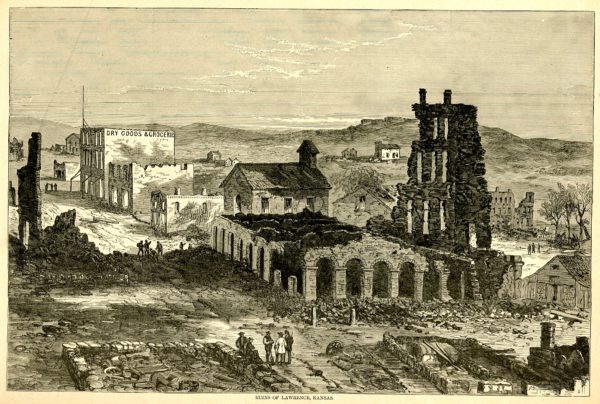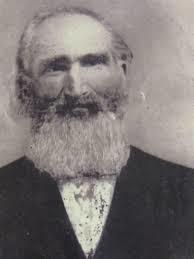01 Sep On This Day in UB History: September 1 (The Huntleys)
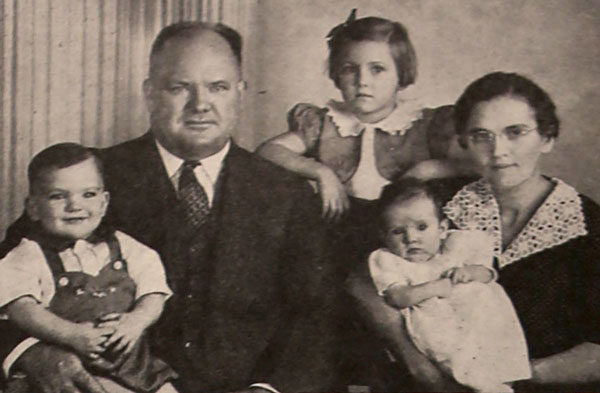
Dr. Leslie and Mary Huntley and children. The Huntleys served in Sierra Leone until November 1941, shortly before the Pearl Harbor bombing brought America into World War II. Dr. Huntley entered the US Army in 1943 as a medical officer with the rank of captain, and served in Panama, India, and China.
On September 1, 1934, Dr. Leslie and Mary Huntley arrived as UB missionaries in Sierra Leone. He was our first licensed doctor.
Dr. Huntley graduated from Huntington College and received his medical degree from the University of Nebraska. He and his fiancée, Mary Bergdall of Claytonville, Ill., committed themselves to fulltime missionary work during the same service at Huntington College, along with four other persons who would eventually serve in Sierra Leone–Martha Anna Bard, Emma Hyer, Erma (Burton) Carlson, and Charles Saufley. The Huntleys were married, and left for Sierra Leone one month later.
It was a low time for the mission. Financial support from America had fallen off—we were in the Great Depression—and several stations had been closed. George and Daisy Fleming had concluded their missionary work in 1932, turning leadership over to Clarence Carlson. But he took a desperately needed furlough in 1934. That left just Abbie Swales, a veteran missionary who was in charge of the Minnie Mull Home for Girls in Bonthe.
Dr. Huntley, a rookie missionary, found himself in charge of the entire mission—churches, schools, dispensary…everything. It was a lot of responsibility for a first-term missionary, but he proved up to the task.
The Huntleys, married for just a month, mind you, made a very charitable decision—that Mary would relocate to Bonthe to assist Abbie Swales until new recruits arrived. Dr. Huntley toiled alone at Gbangbaia, with the help of some national workers. In addition to preparing the dispensary and treating patients, he visited villages to see pastors and teachers.
It took six months to get the dispensary ready. New buildings were constructed at the Danville Station, and old ones were renovated. All the while, Huntley was treating patients in a limited capacity. The dispensary officially opened around April 1935. Huntley reported that by June, he had treated 1,035 patients. He wrote years later, “I was never able to administer treatment to everyone who came to the dispensary on any given day. We worked from early morning until late at night, but we just could not see them all.”
Reinforcements finally arrived in January 1936: Rev. Earl and Ruth Ensminger and daughter, from Greencastle, Pa. Both were ordained ministers with degrees from Huntington College. They took up residence in Bonthe, enabling Mary Huntley to finally live with and work alongside her husband for the first time in 16 months. On September 27, 1936, baby Carolyn Huntley arrived. Do the math.

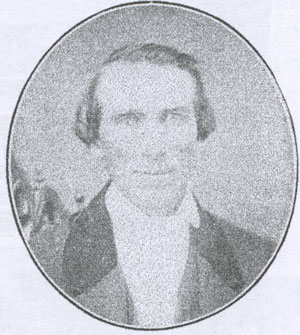
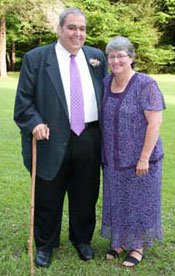
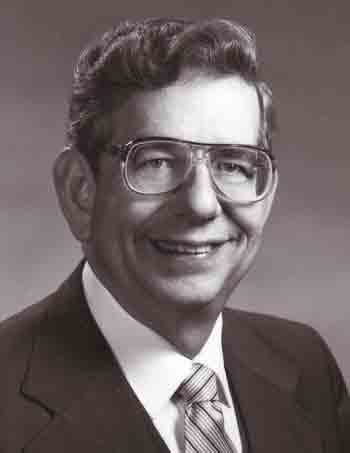 On August 25, 1961, Wilber L. Sites, Jr., was ordained as a United Brethren minister. The service occurred at Rhodes Grove Camp in his hometown of Chambersburg, Pa.
On August 25, 1961, Wilber L. Sites, Jr., was ordained as a United Brethren minister. The service occurred at Rhodes Grove Camp in his hometown of Chambersburg, Pa.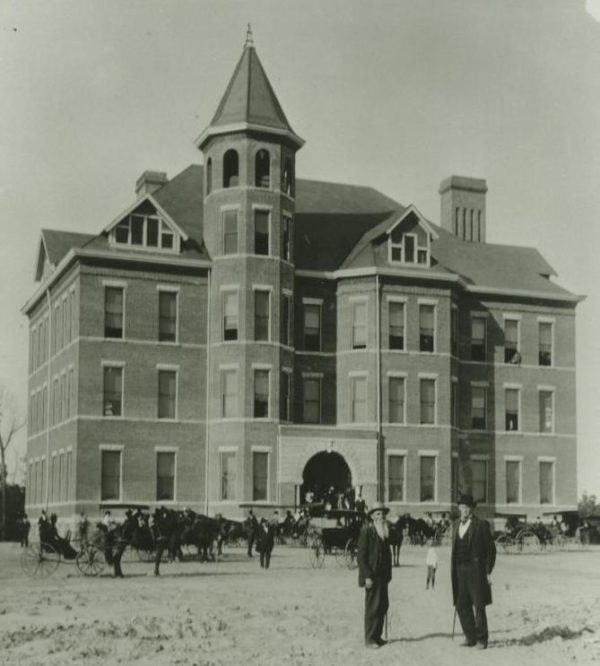
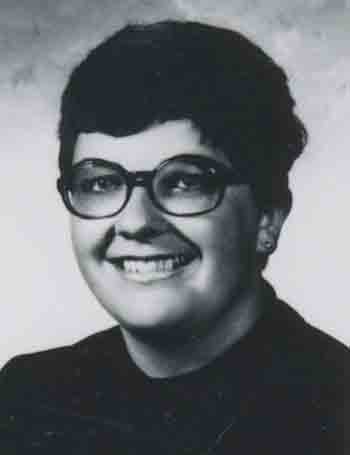 On Wednesday, August 22, 1980, Sierra Leone missionary teacher Jill Van Deusen couldn’t get out of bed.
On Wednesday, August 22, 1980, Sierra Leone missionary teacher Jill Van Deusen couldn’t get out of bed.